Student and Teacher Motivational Needs in the School Setting
Motivation is not only important in its own right; it is also an important predictor of learning and achievement. Students who are more motivated to learn persist longer, produce higher quality effort, learn more deeply, and perform better in classes and on standardized tests. It’s commonsense, but it’s also reinforced by hundreds of studies (An Important Piece of the Student Motivation Puzzle).
The topic of teacher and student motivational needs is too often given tangential thought and discussion. I know that teachers, curriculum specialists, and administrators believe in its importance, but I rarely see it brought up in readings and professional development. I propose that it is at the core of learning and as such, needs to be forefront of all teaching and learning.
In addition to Maslow’s Hierarchy of Needs, motivation theories of William Glasser, David McClelland, and Fredrick Herzberg have application to a school environment. Looking at theories of motivation can create a broader perspective as well as give educators additional ideas for meeting their own and their students’ needs. In this post, I discuss some of these motivational theories and propose an integration of these theories. This discussion is relevant for both teachers and students. If teachers aren’t getting their growth needs met, then it is very difficult for them to help their students get theirs met.
Maslow’s Hierarchy of Needs
Note: When referencing Maslow, it is important to note and acknowledge that Maslow was heavily influenced by Blackfeet ideas but did not credit them for that influence. For articles that discuss this, see https://elink.io/p/9155b1f.
Every teacher I’ve met has studied Maslow’s Hierarchy of Needs so I won’t include any detailed explanation as part of this discussion. As a review, I included some resources that follow:
Resources:
- Addressing Our Needs: Maslow Comes to Life for Educators and Students https://www.edutopia.org/blog/addressing-our-needs-maslow-hierarchy-lori-desautels
- Maslow’s Hierarchy of Needs in Education – https://educationlibrary.org/maslows-hierarchy-of-needs-in-education/
Take-Aways:
Almost all teachers know about Maslow and believe in the validity of this theory. A key point is that there are deficit and growth needs. I believe that most schools do a great job insuring that students’ (and teachers’) deficit needs are met. Most students would say that they aren’t hungry (due to free and reduced programs), have a roof over their heads, enough light, and a chair to sit on. Even though there are still too many exceptions, most would also say that they don’t feel unsafe by peers or teachers. Too many teachers and students, though, would say that school doesn’t address their growth needs; that they don’t spend enough, or even any, time pursuing personal interests and talents.
Willian Glasser’s 5 Basic Needs
William Glasser’s theory isn’t studied or discussed as much as it was a decade or two ago. He identified basic motivation needs: Survival, Belonging, Power, Freedom, and Fun. Survival and Belonging are similar to those identified by Maslow but Power, Freedom, and Fun are different and are important in the discussion of student and teacher motivators.
Power: Power is a sense of empowerment, worthiness, self-efficacy, and achievement, and an outer sense of being heard and respected and feeling competent and attaining recognition. Power in a school setting may be defined by the student’s (and teacher’s) ability to make choices and be an equal contributor in learning. Students (and teachers) want activities to be relevant and to bring them competence and pride.
Freedom: Freedom is the need for independence and autonomy; the ability to make choices, to create, to explore, and to express oneself freely; to have sufficient space, to move around, and to feel unrestricted in determining choices and free will. To achieve this, students (and teachers) need independence, options, choices, autonomy, and liberty in both physical and psychological aspects. Ideally, it will include having the freedom to create, having time to generate one’s own thoughts, and sharing what’s been have created in the context of learning.
Fun: Fun is the psychological need for enjoyment-the desire to enjoy a job, to have a sense of humor, to engage in a hobby, to have interests, and to feel excitement about a work project or leisure time activity. Having fun includes experiencing enjoyment, pleasure, relaxation, laughter, and learning. In addition, the combination of laughing and learning can maximize the relationship that educators have with students.
(Source: https://www.researchgate.net/publication/249832861_Our_Five_Basic_Needs)
Resources:
- Our 5 Basic Needs – https://www.researchgate.net/publication/249832861_Our_Five_Basic_Needs
- Student Needs Survey: A Psychometrically Sound Measure of the Five Basic Needs – https://www.academia.edu/29718966/Student_Needs_Survey_A_Psychometrically_Sound_Measure_of_the_Five_Basic_Needs
- Extra: The Neuroscience of Joyful Education https://www.ascd.org/el/articles/the-neuroscience-of-joyful-education
McClellands’ Learning Needs Theory
Resources:
- Learned Needs Theory and Students – https://educationalresearchtechniques.com/2021/02/03/learned-needs-theory-and-students/
- McClelland’s Three Needs Theory: Power, Achievement, and Affiliation https://educationlibrary.org/mcclellands-three-needs-theory-power-achievement-and-affiliation/
In his research, Mclelland states that people have three primary needs: need for achievement, need for affiliation, and a need for power.
Need For Affiliation: The need for affiliation is a need to have positive social relationships with other people. These are your classic extroverts who love the company of others. Everyone has some need for affiliation, but for many, this is a high need. For people who need affiliation, the task is not essential to them. Instead, people who need affiliation respond to situations in which people depend on them. For students, this can be situations such as group projects and or team sports. Nothing can cripple high affiliated people then isolation. In addition, students who have a low need for affiliation will equally cause issues if they are always expected to socialize and be a part of the group.
Need for Achievement: The need for achievement is how strongly a person wants to have success at completing a task. High-achieving people feel a personal responsibility when they are expected to do something. High achievement people like to take on projects that have a moderate success rate. In other words, high achievement individuals hate something that is too easy but equally loose motivation for suicide tasks that have a low success rate. High achievers also have a desire for feedback. This is because they want to know if they have achieved success.
Need for Power: The need for power is a need to control, which means to influence other people. McClelland indicates two types of power, and these are personal power and social power. Personal power is a power to control others and is often political with a secret agenda. Social power is also seeking to influence others but to achieve the goals of the group or organization (Source: https://educationalresearchtechniques.com/2021/02/03/learned-needs-theory-and-students/) .
Note: Both Glasser and McClelland discuss the power need. Glasser’s explanation and description makes more sense to me in terms of this discussion.
Key Take-Aways from Glasser’s and McClelland’s Theories
There is some overlap of these two theories. Schools often work toward helping students develop a sense of affiliation and belonging especially after the pandemic with a greater focus on implementing social emotional learning. This is less so for power and freedom needs. I love that Glasser included fun. Sadly, way too often there is an emphasis on compliance within schools which is the antithesis of power and freedom – sometimes it is also the antithesis of fun and play.
Herzberg’s Two Factor Theory
This is a good overview. It includes a comparison to Maslow’s hierarchy of needs.
Resources:
- Herzberg’s Motivation Two-Factor Theory – https://www.simplypsychology.org/herzbergs-two-factor-theory.html
- Herzberg’s Motivation-Hygiene Theory: Two-factor https://educationlibrary.org/herzbergs-motivation-hygiene-theory-two-factor/
Frederick Herzberg, a behavioral scientist, proposed a two-factor theory or the motivator-hygiene theory. There are some job factors that result in satisfaction while there are other job factors that prevent dissatisfaction. The opposite of “Satisfaction” is “No satisfaction” and the opposite of “Dissatisfaction” is “No Dissatisfaction.
Hygiene factors are those job factors which are essential for existence of motivation at workplace. These do not lead to positive satisfaction for long-term. But if these factors are absent/if these factors are non-existant at workplace, then they lead to dissatisfaction. Hygiene factors are also called as dissatisfiers or maintenance factors as they are required to avoid dissatisfaction. These factors describe the job environment/scenario. The hygiene factors symbolized the physiological needs which the individuals wanted and expected to be fulfilled.
The hygiene factors cannot be regarded as motivators. The motivational factors yield positive satisfaction. These factors are inherent to work. These factors motivate the employees for a superior performance.These factors are called satisfiers. These are factors involved in performing the job. Employees find these factors intrinsically rewarding. (Source: https://www.managementstudyguide.com/herzbergs-theory-motivation.htm)
Take Aways:
This theory was developed with a business setting in mind. The two factor model can be applied to a school setting, too. When teachers and students have their survival and safety needs met (Herzberg’s hygiene factors), they may not be dissatisfied with the school but that doesn’t mean they are satisfied it. The goal of every teacher and administrator should be to create motivator-based factors and an environment whereby every teacher and student is motivated to be there and learn; where everyone in the school setting has the potential to be quite satisfied with their roles and jobs.
Student and Teacher Needs Ladder Framework
As someone who has been passionate about and studied human motivation for decades, I propose an integration of these motivational theories. I developed this framework to put a greater emphasis on growth and actualization needs in the school environment. A ladder and steps are used as the metaphor as I prefer a more physical-oriented depiction than a hierarchy or pyramid, which is difficult to impossible to climb. Including both a ladder and steps symbolizes that there are multiple ways to climb to high levels. (Note: This framework is appropriate for grades 2nd/3rd up.)
It has the following characteristics:
- The overall goal is to intentionally bring self-directed, self=determined, and joyful learning into the school environment.
- Experiencing as state of flow and student-centered learning are important aspects of motivation and increase as one goes up the ladder of needs. For more about flow, see What did you do in school today? and Flow – A Measure of Student Engagement.
- The needs ladder is split into safety and growth needs with a greater break down and emphasis on growth needs. I believe as Herzberg does in a two factor model. If student and teacher safety needs are met, then they are not dissatisfied with school but they aren’t satisfied with it either. Schools, as I’ve mentioned, typically do a good job with addressing needs. I believe it is now time to put a greater focus on growth needs so that both teachers and students are motivated, satisfied, and happy with their schools.
- This differs from Maslow’s model in that teachers and students can and will move up and down the ladder depending on the situation and class setting.
- Basic Survival
- Students and teachers have a safe physical environment and are fed if they are experiencing food insecurity. When school is unsafe for these students, their motivation is survival on a day-to-day basis.
- Extrinsically-Motivated Compliance
- Student and teacher needs are centered around avoiding punishment and/or receiving rewards, or because it is the expectation. It might be all both teachers and students know as compliance has been the expectation through their school careers. Motivation is strictly based on extrinsic elements.
- Physically and Emotionally Safe with Peers, Teachers, and Staff
- Physical safety involves freedom from physical harm or threats of harm; emotional safety refers to freedom from bullying, harassment, and humiliation (A comprehensive approach to promoting social, emotional, and academic growth in contemporary schools).
- Connection to School Community
- This is the transition from safety needs to growth needs. For some teachers and students, it is solidly a growth need, connection to peers and other school personnel meets core growth needs. For others, it helps to create a safe place but it may not personally meet growth needs.
- The underlying core need is Affiliation, Love & Belonging – The need for affiliation and to love and belong includes the need for relationships, social connections, to give and receive affection and to feel part of a group.
- Engagement and Excitement
- Student engagement refers to the degree of attention, curiosity, interest, optimism, and passion that students show when they are learning or being taught, which extends to the level of motivation they have to learn and progress in their education (https://www.edglossary.org/student-engagement/).
- The core underlying need is Fun. The need for fun is the need to find pleasure, to play and to laugh.
- There is potential to experience flow and joy.
- Empowerment
- Empowerment is the “process by which individuals and groups gain power, access to resources and control over their own lives. In doing so, they gain the ability to achieve their highest personal and collective aspirations and goals” (Robbins, Chatterjee, & Canda, 1998, p. 91 as cited in What is “empowerment” in education?).
- The underlying core need is Power. To be powerful is to achieve, to be competent, to be skilled, to be recognized for our achievements and skill, and have a sense of self worth.
- Empowerment occurs when teachers and students are given choice. John Spencer’s video provides some good suggestion 10 Ways to Empower Students With Choice.
- A flow state is typically experienced; joy may or may not be present.
- Intrinsically-Motivated Mastery
- Motivation stems from internal sources – the increased self-esteem, Confidence and recognition that comes from successful performance (Pedagogy, Andragogy, and Heutatgogy – a Continuum and Comparison).
- The underlying core need is Power. To be powerful is to achieve, to be competent, to be skilled, to be recognized for our achievements and skill, and have a sense of self worth.
- This can occur through teaching self-directed strategies. It can be mastery of content or of a skill, or in the case of the teacher, learning and successfully teaching new content or skill. It may be interest-driven or not. For example, I have a student who often expresses a disdain for math, yet he prides himself on being able to get correct answers of his math problems.
- Flow State is evident and observable. Joy may or may not be present and observable.
- Actualization of Interest and Talents
- Motivation, not only comes from being able to pursue their own interests and develop their own talents, but through developing self-efficacy, knowing how to learn, embracing creativity along with the ability to use these qualities in novel as well as familiar situations and working with others will be he thing that takes place (Pedagogy, Andragogy, and Heutatgogy – a Continuum and Comparison).
- The core underlying need is Freedom, the need for independence, autonomy, to have choices and to be able to take control of the direction of one’s life while at school.
- This can be facilitated through self-determined strategies. The goal is not only for students but for teachers whereby they have the permission, space, resources, and time to pursue their own self-determined learning and teaching
- A flow state and joy are evident and observable, almost palatable.
The higher levels of Intrinsically-Driven Mastery and Actualization of Interests and Talents can be facilitated through self-directed/andragogy and self-determined/heutagogy teaching and learning strategies respectively.
Resources to Learn More About Self-Directed/Andragogy and Self-Determined/Heutagogy Teaching and Learning Strategies
- Experiences in Self-Determined Learning: Moving from Education 1.0 Through Education 2.0 Towards Education 3.0 –https://usergeneratededucation.wordpress.com/2014/12/01/experiences-in-self-determined-learning-moving-from-education-1-0-through-education-2-0-towards-education-3-0/
- Self-determined learning: Creating personal learning environments for lifelong Learning – https://www.slideshare.net/lisamarieblaschke/selfdetermined-learning-creating-personal-learning-environments-for-lifelong-learning
- Pedagogy, Andragogy, and Heutatgogy – a Continuum and Comparison
Needs for BIPOC Students
It is important to add to this discussion a special note about addressing the human needs of BIPOC students. Here are some suggestions as identified by BMEsTalk (Black Male Educators):
- Allow what you know about each individual to inform your expectations and attitudes towards them. Who they are as a singular person, as part of their culture, and where they’re at developmentally. See the whole being they are.
- This is a powerful position to take! Every teacher should desire to become familiar with the experiences of BIPOC students so they’re more aware of the unique challenges they face. As an educator, this knowledge can be shared, and racial equity can be advanced.
- Give BIPOC students safe and brave spaces to share difficult topics such as racial inequality, bias, and social injustice. You are being invited into a world that is not your own. You can learn so much from your students to further a racially equitable future for them and the students around them.
- As their current significant influence in their lives, educators should reinforce and redirect the language and conversation to model support for a student sharing their Black or BIPOC experience. When difficult topics arise during class time, you or your students may feel uncomfortable. Lean into the discomfort. Beyond the discomfort lies the opportunity to learn and educate more on these crucial issues. (https://bmestalk.com/social-emotional-learning-for-black-students/)
Written by Jackie Gerstein, Ed.D.
January 3, 2023 at 1:31 am
Posted in Education, Uncategorized
Tagged with Education 3.0, educational reform, Heutagogy, school reform, social-emotional learning
This site uses Akismet to reduce spam. Learn how your comment data is processed.
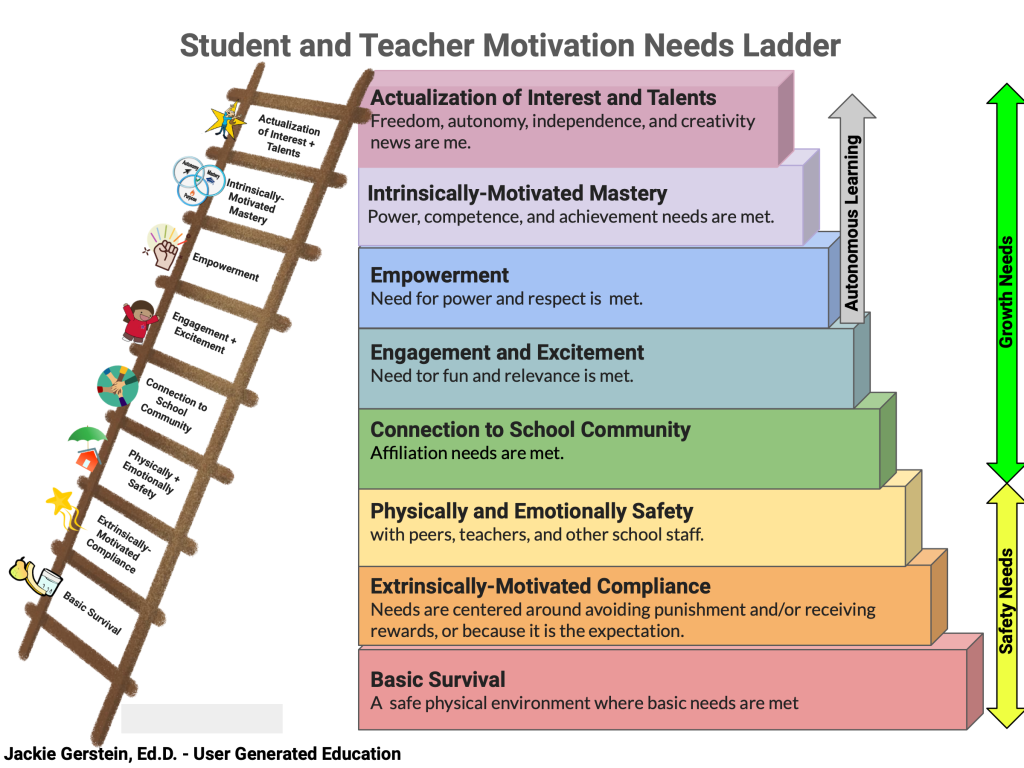
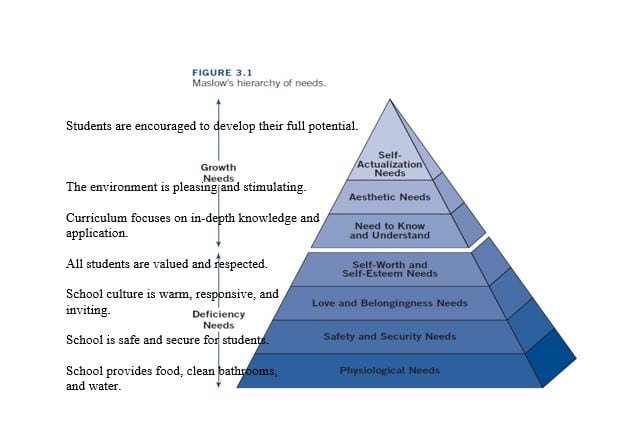
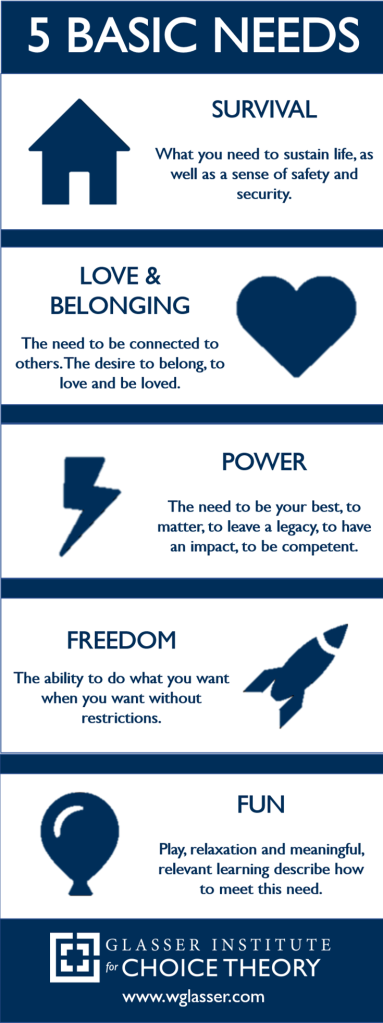
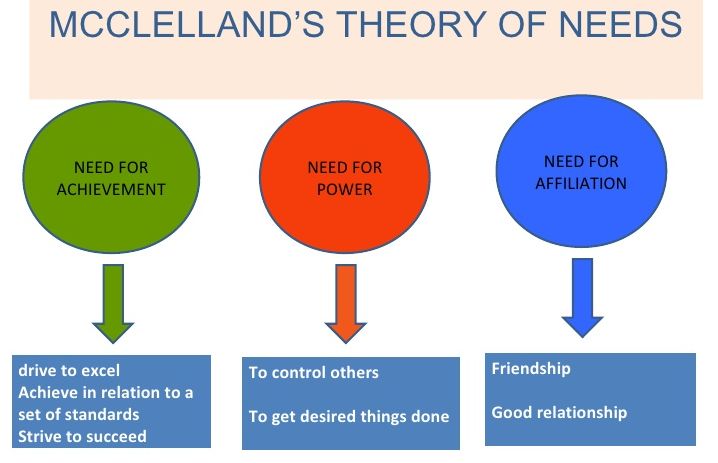
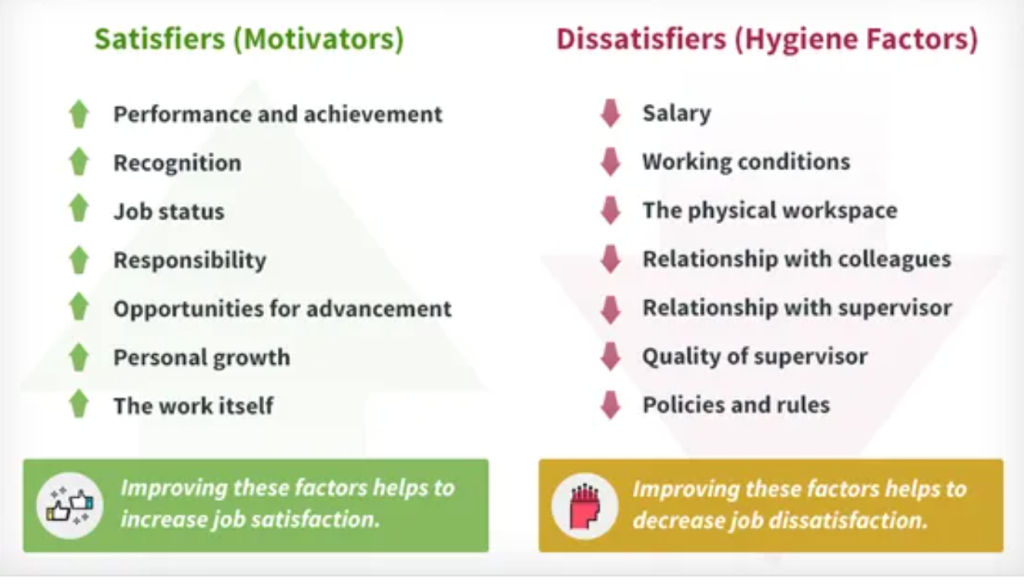
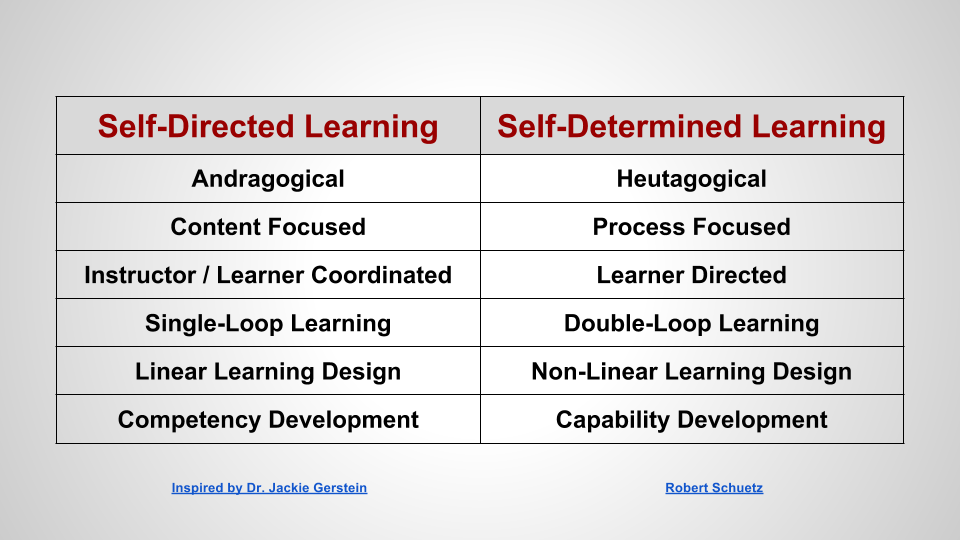
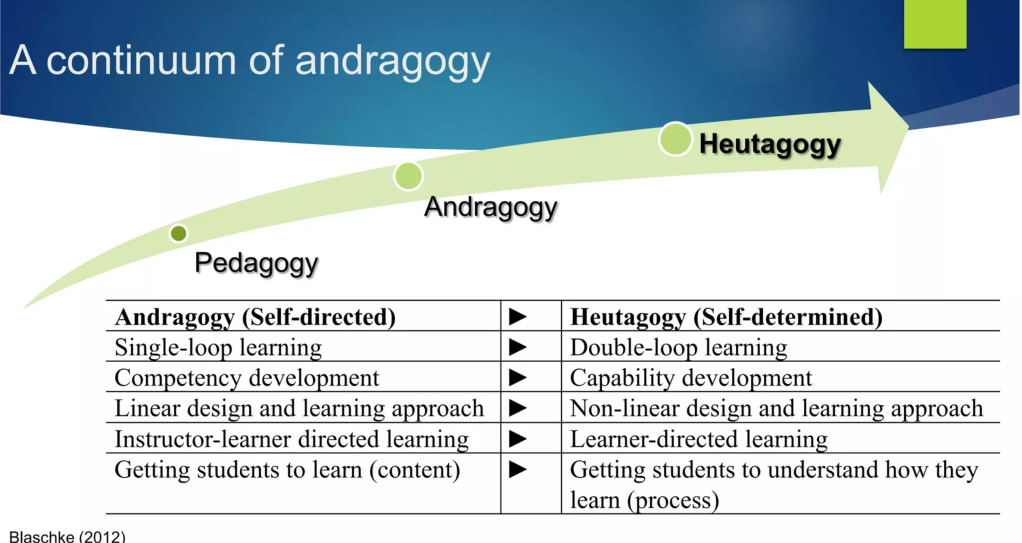

Leave a comment